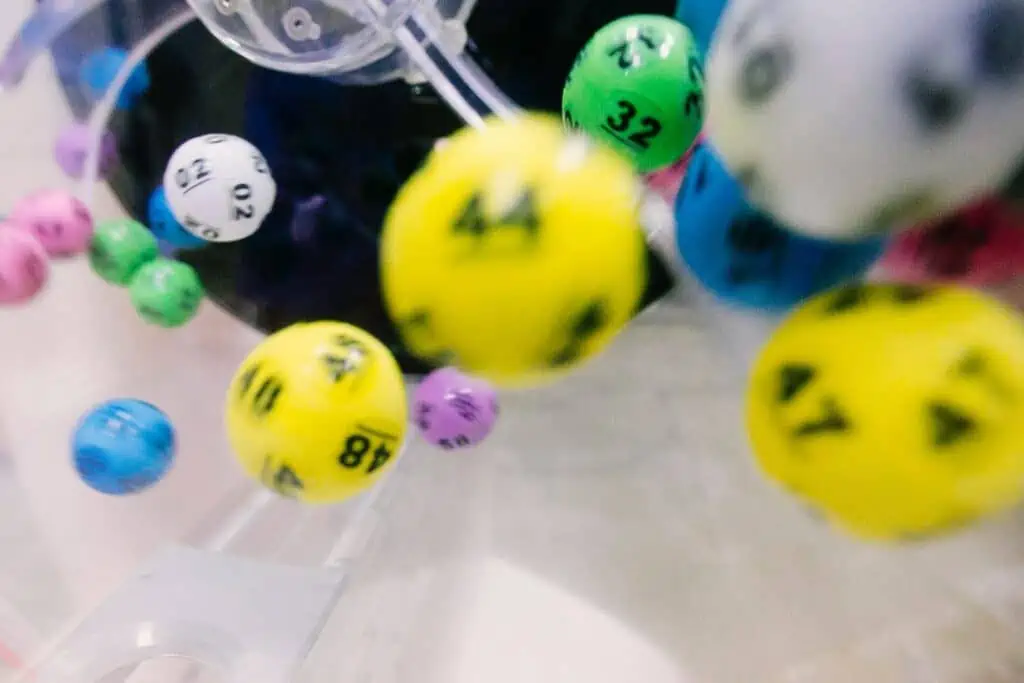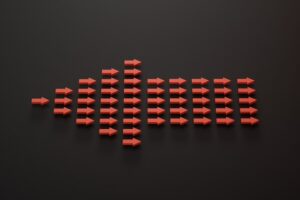For most of the ACT, there is no “best” letter to guess. Except… at the end of the Math section — then there is a best letter to guess on the ACT.

Most people (and tutors) tell students that, if they have no idea on a question, to just guess answer choice “C” — the middle answer on most multiple choice tests. That’s fine advice if “C” is equally likely to be correct, which is not the case on the the last 10 questions of the ACT Math section.
Don’t Guess “C” or “H”

Since the April 2015 test (when the ACT slightly updated its Science and Reading sections), the middle answer choices on the ACT Math section — “C” and “H” — have actually been the worst answer choices to guess, probably because the ACT knows that most students guess C/H, so they don’t want scores to be inflated from random guessing. In fact, while we would expect any answer choice letter to be correct 20% of the time on the Math section (because there are five answer choices on this section, so students have a 1 in 5, or 20%, chance of guessing an answer correct), C/H was only correct 12% of the time on the last 10 questions. So, if students guess the middle answer on these 10 questions, they would, on average, only correctly guess about half as many correct as would be expected. Half.
After C/H, the “worst” answer is the second answer choice, “B” and “G”, which was only correct 15% of the time.
Which Letter Should a Student Guess?
Our analysis showed that a nuanced approach is best.
If you just want to guess one answer choice, then either guess the first answer choice — “A” and “F” — or the last choice — “E” and “K”. The A/F answers were correct 24% of the time. But the downside to A/F guessing is its volatility: sometimes A/F was correct 50% of the time, sometimes 0% of the time. So it’s a little risky. In contrast, E/F answers were correct 21% of the time, but with less volatility (E/F was never correct 0% of the time). So it’s more consistent.

With a little nuance, however, you can have an even higher percentage correct and more consistency. Here’s what you have to do:
If a question on the last 10 of the Math section has the words “which of the following” in it, then guess E/K. If it doesn’t, then guess A/F. The result: on average, this approach would have netted students the correct answer 26% of the time, and it was more consistent than either guessing solely A/F or E/K.
(Side note on how we figured this out: Experienced tutors have for a long time noticed the trend that “which of the following” in a question on the Math section increased the odds that the answer would be E/K, so we suspected that combining this trick with the higher likelihood that A/F is correct would yield a higher average score from guessing — and it did. As for why the answer to “which of the following” questions is more likely to be E/K, these questions can often be solved by testing out the answer choices, so the ACT deliberately weights the correct answer as the last answer choice on these questions so that students who are testing out the answer choices — and likely starting from the first answer choice and working downwards — will not get the answer correct as quickly by using the trick of testing the answer choices.)
Does It Really Matter?
Maybe. And potentially a lot.
Whether optimal guessing matters depends on the curve of a given test. Sometimes a score of a 30 on the Math section will be between 49 and 50 questions correct. So, if a student had 49 correct and then correctly guessed 1 more answer using this knowledge, then it wouldn’t matter: they would have 50 questions correct, and their score would still be a 30 on the Math section.

But, suppose that they already had 50 questions correct. Now 1 more question correct nets them a 31 on the Math section. This increase of 1 section point also then has a 25% chance of increasing the student’s entire composite score, which is just the average of their section scores. So, suppose a student had a 30 on English, 30 on Math, 31 on Reading, and 30 on Science. Those sections scores averaged together would give them a 30.25, which the ACT rounds down to a composite score of 30. Instead, suppose the student gets one more question correct on the Math section and their Math score moves up to a 31. Now their composite score averages to a 30.5, which the ACT rounds up to a 31. That’s a massive change in score — from 30 to 31 — by just getting one more question correct.
By increasing a student’s average number of questions randomly guessed correctly on the last 10 questions of the Math section from 1 (if they guess C/H) to 3 (if they use our approach), this trick has the potential to improve students’ Math section scores by 1 to 2 points (if they are guessing on some or all of the last 10 questions of the Math section).
A lot of little improvements can add up to a massive advantage. This is one more small improvement to help you perform better on test day, reach your potential, and succeed in life.

Any other questions? We love answering questions. Feel free to reach out to us, and we’d be happy to answer when to take the SAT or ACT, how many times, whether to submit scores to colleges, etc.







